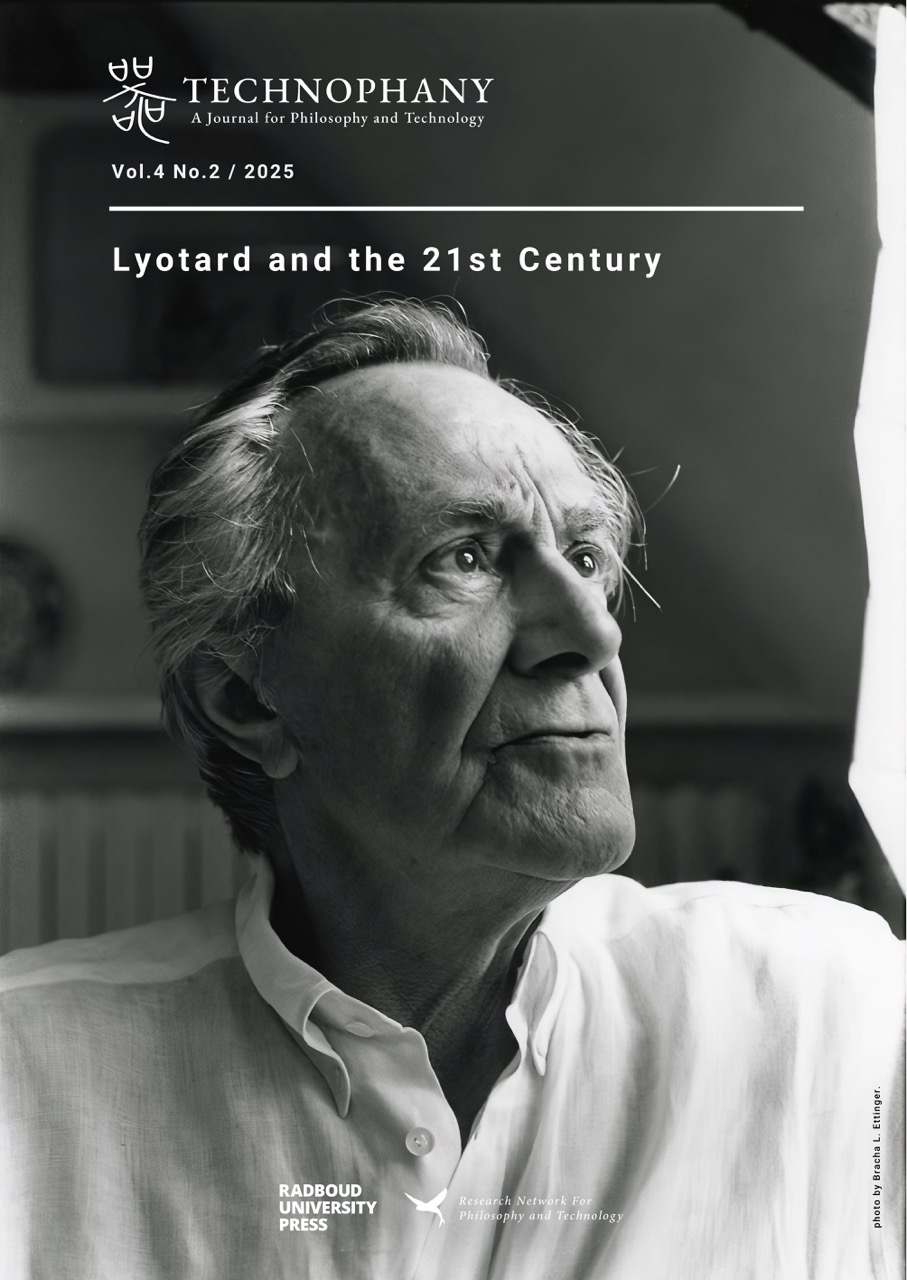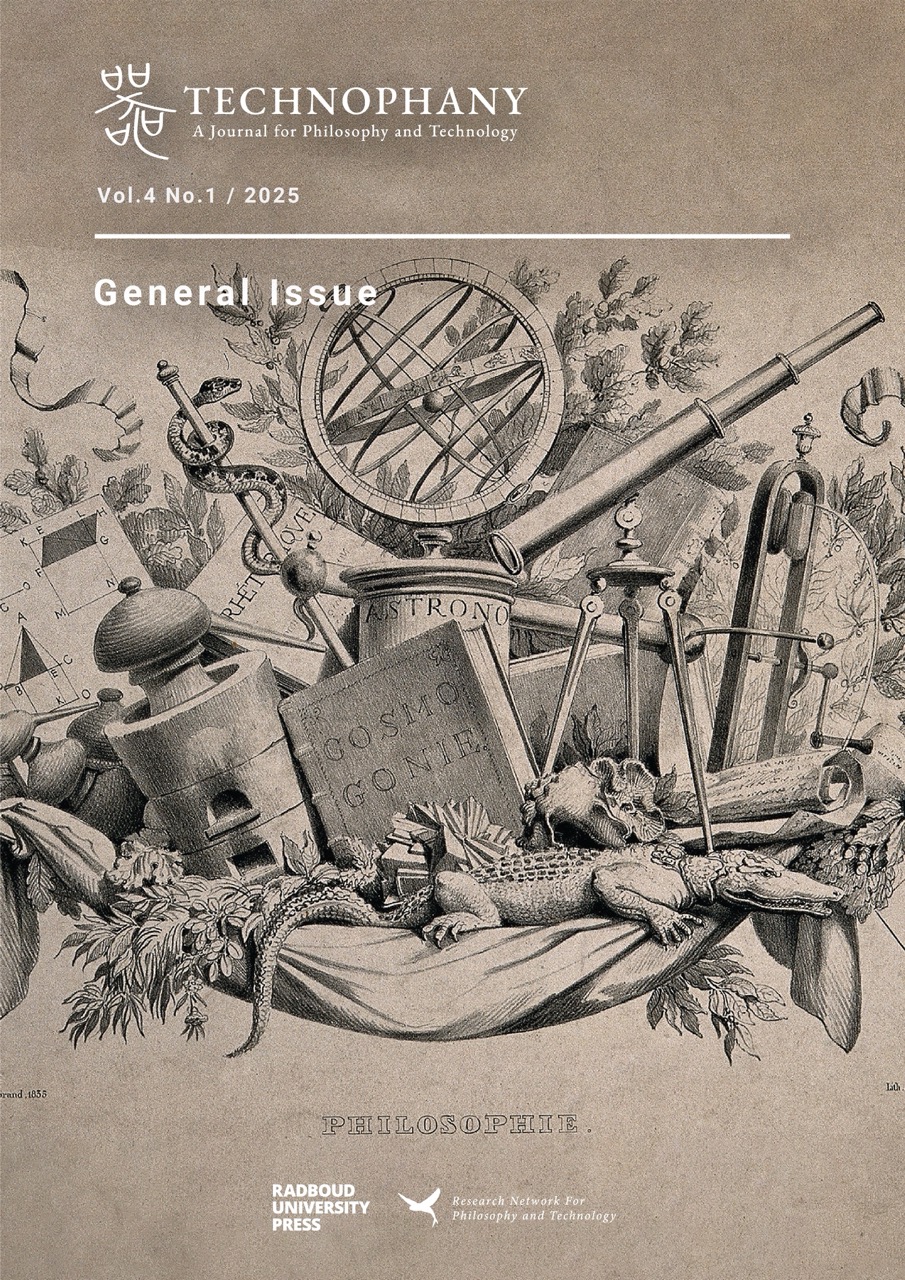Call for Papers: Strategy and Techne
"Strategy and Techne," Technophany's new special issue, seeks to ask what a philosophy of strategy might learn from a philosophy of technics and vice versa and whether it is possible to think the two together without falling into the conceptual cul-de-sac of a codified art of war. It invites contributions on all aspects of the interaction between the two domains. Contributions on Sun Tzu, Clausewitz, Simondon, Kahn, Guy Debord (notes on Stratégie), Günter Anders, Détienne and Vernant, Éric Alliez and Maurizio Lazzarato (Wars and Capital), Babara Cassin, Howard Caygill (On Resistance), Friedrich Kittler, and any other figures and themes that intersect with the issue’s topic are are welcome)
Read more about Call for Papers: Strategy and Techne




















